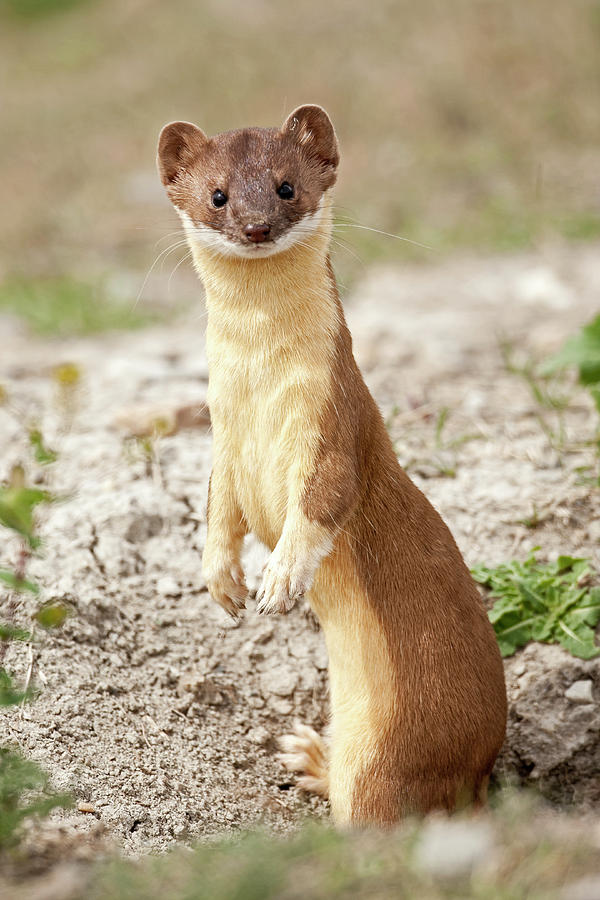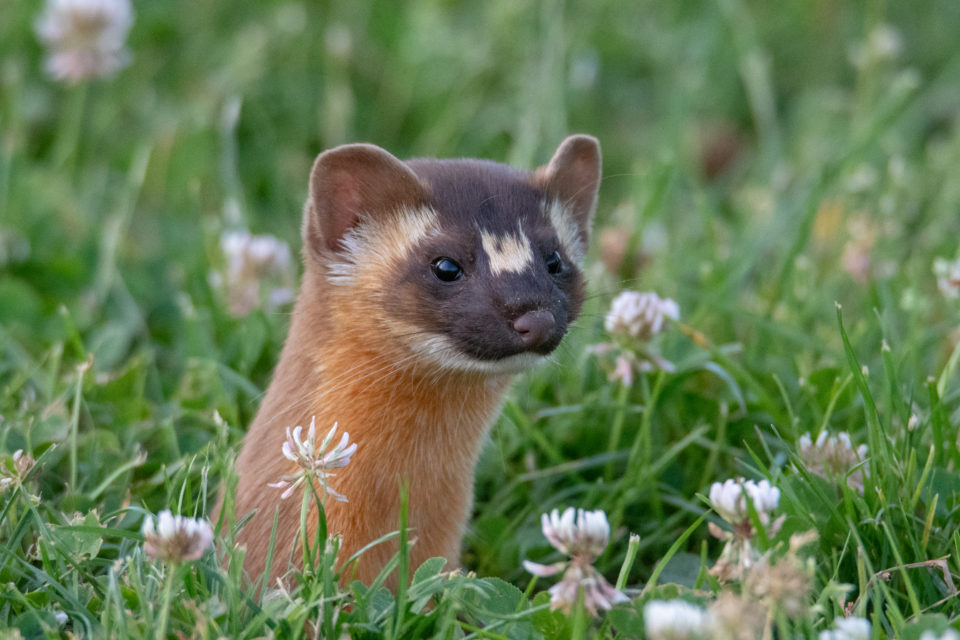

This species of weasel is the only weasel found in Utah, including Iron county. 39:338-344.The long-tailed weasel ( Mustela frenata), also known as the bridled weasel or big stoat is a species of mustelid distributed from southern Canada throughout all the United States and Mexico, southward through all of Central America and into northern South America. Breeding habits of captive long-tailed weasels (Mustela frenata). The sexual cycle of the male long-tailed weasel (Mustela frenata). Notes on the ecology of weasels in Gunnison County, Colorado. A contribution towards a bibliography of California furbearers. Effects of intensive gray fox control on population dynamics of rodents and sympatric carnivores. Sleek and savage: North America's weasel family. Sources & ReferencesĬalifornia Department of Fish and Game, 1999. Hensley and Fisher (1975) found major increases in long-tailed weasel numbers when gray foxes were controlled intensively, and Powell (1973) suggested that raptors sometimes control weasel numbers. Molt to a white winter pelage in areas where deep snow is common.

They are major predators of voles and mice, and they, themselves are preyed upon occasionally by minks, martens, fishers, bobcats, coyotes, red foxes, and gray foxes.

Niche: Long-tailed weasel populations respond to small mammal population numbers. Males mature sexually at 10-11 mo, during the onset of the spring molt (Wright 1947, 1948, Hall 1951). Females become mature sexually at 3 mo, and are bred during their first summer estrus. Young begin to eat meat at 21-25 days, and are weaned at about 35 days. One litter of 4-9/yr both parents care for young. Gestation period averages 279 days, and ranges from 205-377 days, including delayed implantation. Territory: No information found may be territorial. In eastern Oregon, the suggested minimum area required by a pair of long-tailed weasels is approximately 259 ha (640 ac). They eat small mammals, such as mice, gophers, chipmunks, ground squirrels, and. In good habitat, average density may be 1 weasel/km? (2.6/mi?), with a maximum of about 7/km? (18/mi?). Feeding: Long-tailed weasels are carnivorous. Quick (1951) and Burt and Grossenheider (1976) suggested home ranges of 10-20 ha (25-50 ac). Home Range: Little information available males probably have larger home ranges than females. Seasonal Movements / Migration: Non-migratory.

Species Life HistoryĪctivity Patterns: Active yearlong nocturnal and diurnal. Pattern: Long-tailed weasels use a mixture of intermediate cover stages of conifer and deciduous habitats for breeding, and lower successional stages and open forest, woodland, and shrub habitats for feeding. Water: Probably require drinking water, but little information available on water needs (Hall 1951). Also nest in cavities in trees, snags, logs, and under rocks or human structures. Reproduction: Nests often located in burrows of chipmunks, ground squirrels, gophers, moles, or mountain beavers. Hunt day and night, searching, pursuing, and then killing by biting prey at base of skull.Ĭover: Small cavities in the ground, rock areas, logs, snags, stumps, and burrows of prey and other mammals are used for cover. Search along runways and in burrows of prey. Foraging occurs on ground, among rocks, in snags, stumps, logs, wood piles, in brush, and occasionally in trees. They also take birds, some insects, salamanders, and small amounts of fruit. They eat small mammals, such as mice, gophers, chipmunks, ground squirrels, and rabbits. Range Mapįeeding: Long-tailed weasels are carnivorous. Mostly uses intermediate cover stages of conifer and deciduous habitats, interspersed with lower seral stages and open forest, woodland areas and shrubs, from sea level to alpine meadows. Common to uncommon, permanent resident of most habitats, except xeric brush, shrub, and scrub in the Mojave and Colorado deserts (Grinnell et al.


 0 kommentar(er)
0 kommentar(er)
